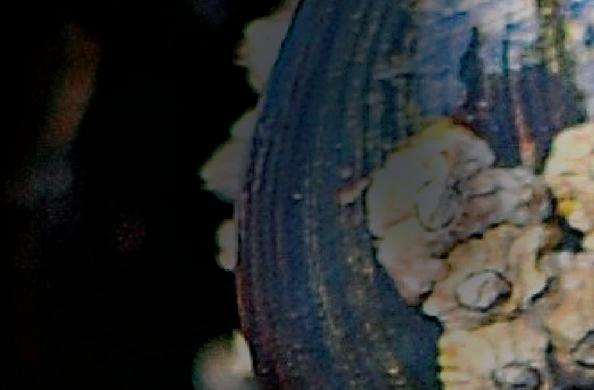
5 minute read
SUSTAINABLE AQUACULTURE
Common blue mussels can be a sustainable form of aquaculture

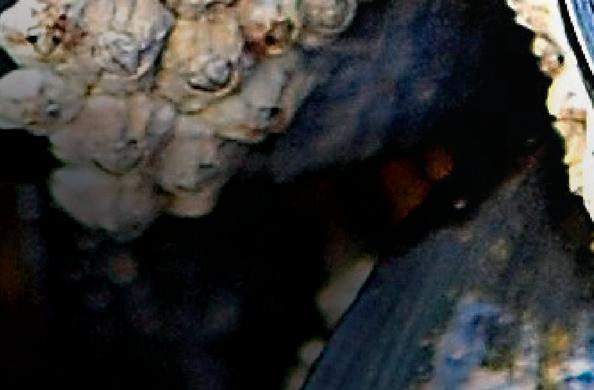
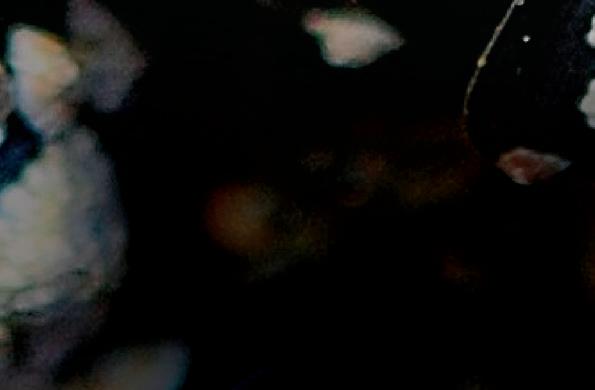
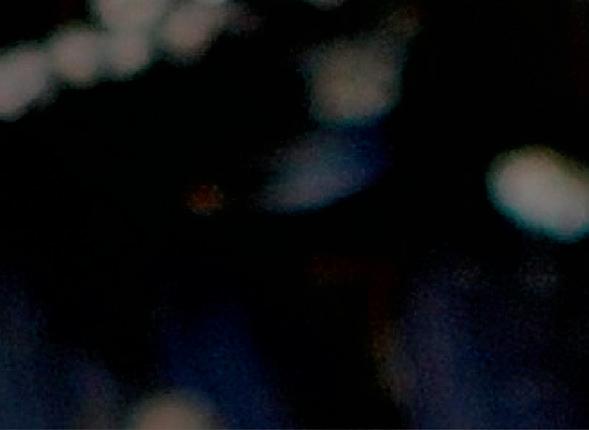

Bigger and better MPA
AQUACULTURE AND MARINE PROTECTED AREAS – ARE THEY MUTUALLY EXCLUSIVE? REGINA CLASSEN INVESTIGATES
Example of IMTA system. Taken from Holdt and Edwards (2013) Cost-effective IMTA: a comparison of the production efficiencies of mussels and seaweed

Aquaculture describes the act of farming fish, shellfish or seaweed in water. It is a relatively young industry compared to farming on land and is therefore far behind in knowledge on breeding technology, disease management, feed ingredients and low-impact systems. The main species farmed in Irish waters are Atlantic salmon, Pacific oysters and mussels and they come with numerous are now in place, however the quality is poor and adverse effects of aquaculture operations are often dismissed based on weak scientific arguments. Ireland still has not fulfilled other aspects of European environmental law, including the need for management measures to be put in place in all marine protected areas, so another ECJ case was announced last year. Clearly, the industry is facing many problems while in oyster farming, heavy machinery and boat use disturb wildlife and displaces birds. This non-exhaustive list of impacts is not in line with what an MPA should be.
Mussel farming is generally considered a very low impact activity. However, just like all bivalves, mussels filter the water for food and
environmental impacts.
Most fish and shellfish farms in Ireland are located inside our existing inshore network of Marine Protected Areas (MPAs). This means additional risk assessments are necessary to ensure activities have no adverse
excrete inedible particles which can accumulate on the seafloor, smothering organisms that live there. In the Roaringwater Bay Special Area of Conservation, for example, a " MUSSEL FARMING IS GENERALLY rare and protected algae community CONSIDERED A VERY LOW IMPACT deteriorated due to the presence of ACTIVITY. HOWEVER, JUST LIKE mussel longlines directly above the ALL BIVALVES, MUSSELS FILTER THE algae beds. In the shallow waters of WATER FOR FOOD AND EXCRETE INEDIBLE PARTICLES WHICH CAN our inshore bays, even such low impact activity can have damaging effects – an outcome that the risk ACCUMULATE ON THE SEAFLOOR, assessment did not predict. SMOTHERING ORGANISMS THAT Given the environmental impacts effects on protected habitats LIVE THERE." of current practices, it is most or species. This detail has undesirable for the industry to been overlooked by Ireland expand any further (especially not in the past, which caused a inside MPAs) unless practices change European Court of Justice (ECJ) case in 2008 and yet it is expected to expand. Some of the drastically. A lot of this has to do with spatial to order Ireland to put the necessary risk environmental impacts of salmon farming planning – doing things in the right places at assessments in place before licencing any include pollution of the water and sediment from the right time and without exceeding the limits new aquaculture activity. These assessments food waste and faeces and spread of parasites, that the natural systems can support.

So, what are the options? options?

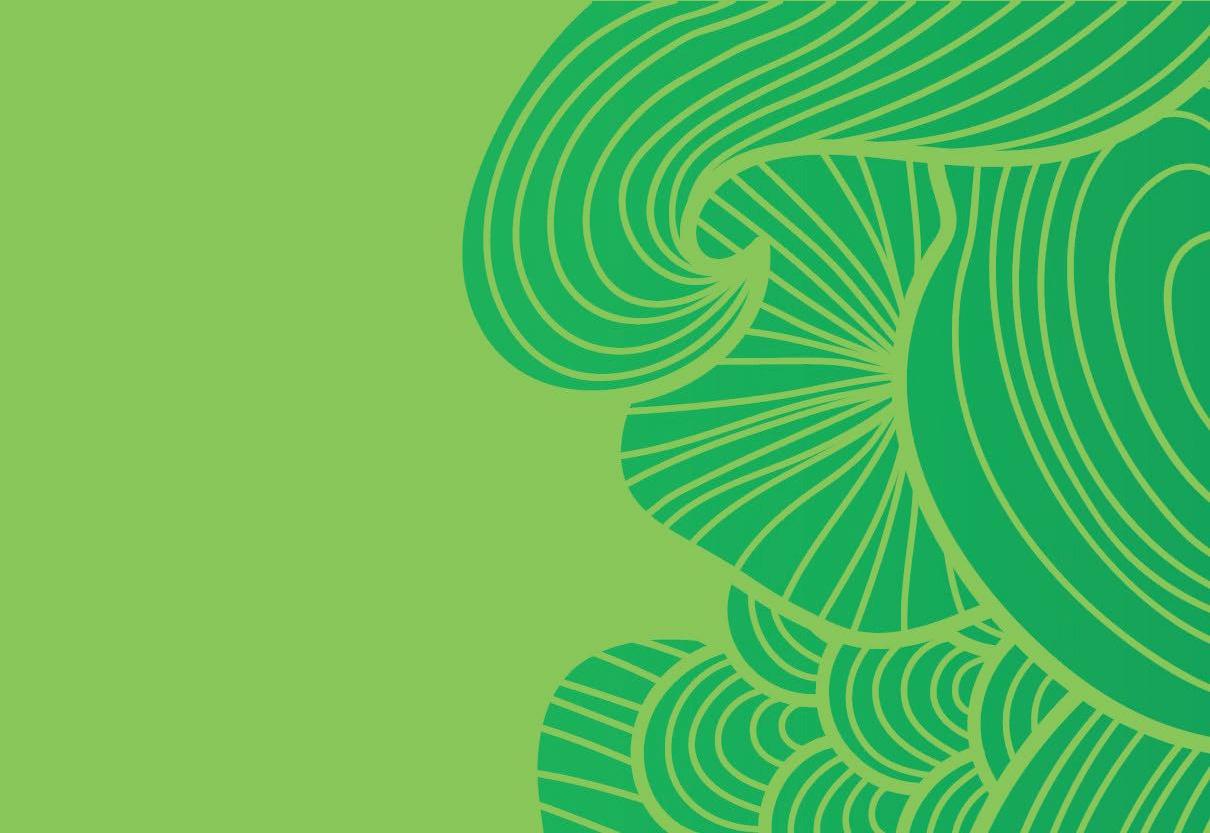

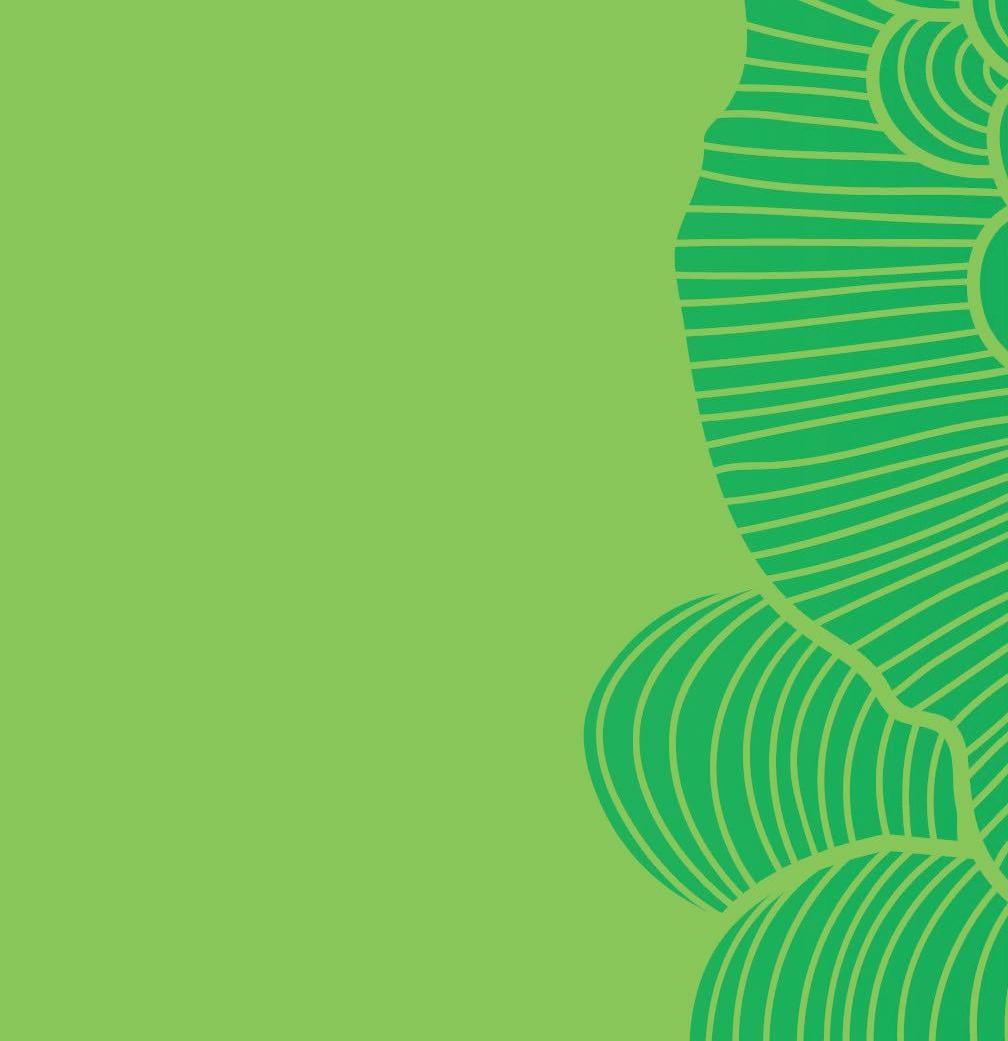
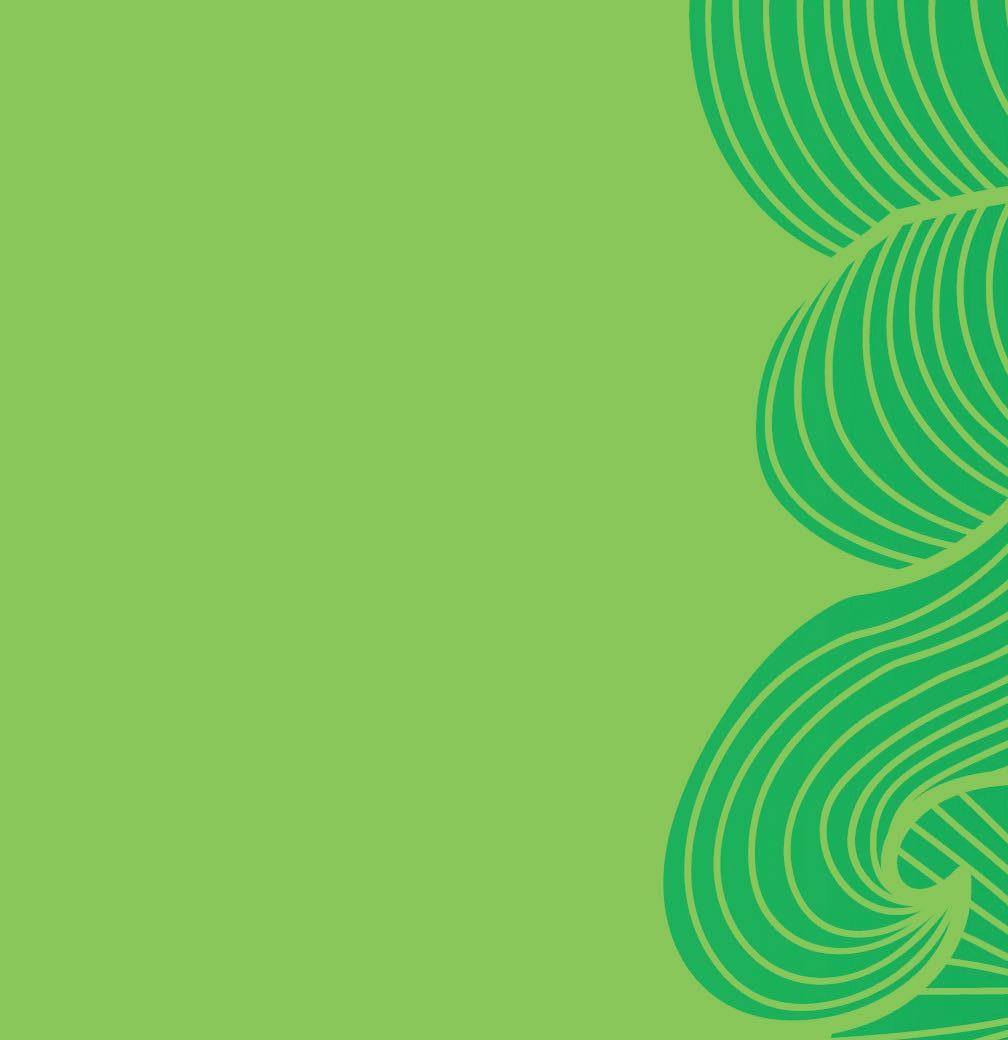
In the first instance, finfish aquaculture should be moved away from inshore areas either further offshore or onto recirculating systems on land. For shellfish production, it’s important to build hatcheries to avoid dredging of wild mussels to stock farms. In order to ensure a sustainable future, the below options describe two methods of working with nature that may be compatible with MPAs, if managed well. 1. AVOID MONOCULTURE SYSTEMS Growing multiple species together is a much more natural way of farming and can help reduce some of the impacts of monoculture farms. Integrated multitrophic aquaculture (IMTA) may be the method of the future. It is ‘integrated’ because multiple species are farmed together and ‘multitrophic’ because the species are chosen based on their trophic level (i.e. the position an organism occupies in the food web e.g. plant eater, meateater, scavenger etc.). The aim is that one species’ waste serves as the food of another. For example, scavengers such as sea cucumbers may be grown on the seafloor below salmon cages in order to remove any fallen waste, while ropes with filter-feeding mussels and seaweed are grown around the cages to remove excess nutrients, minerals and floating organic particles. The Marine Institute is currently trialling IMTA at its aquaculture research site in Lehanagh Pool in Connemara, Co Galway. Salmon are being reared on site, with scallops and seaweed growing alongside them and helping to remove the organic inputs in the water. 2. USE AVAILABLE FUNDING SCHEMES TO PAY FARMERS TO RESTORE BIODIVERSITY Finally, farmers could draw down funding from the EU and use their know-how in shellfish production to actively restore keystone species to areas where we know they were lost. Restoration of oyster and mussel reefs, for example, can be a win for biodiversity, providing a future income to the local community if restored beds are harvested sustainably and with areas set aside as no-take zones. In Spain’s Veta la Palma nature reserve, a large restored wetland with artificial ponds is used to farm fish and shellfish while providing important breeding and feeding habitat for birds and many other species. Around 20% of the fish in Veta la Palma is eaten by birds and yet the system provides enough seafood to make it commercially viable. This type of low-impact extensive farming with nature is compatible with MPAs and should be championed by the industry and government to ensure future



For more information on our Bigger and Better campaign for MPAs, please visit https://iwt.ie/what-we-do/campaigns/bigger-better/












